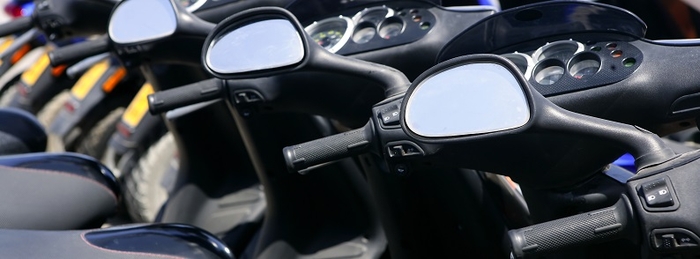New motorcycle buying patterns: Is there an end to low stock levels?

Back in the day the fluctuations in the trade values over the year followed a reasonably predictable pattern. Just before the riding season and customer demand increased, as more dealers sought out stock the price increased. At the end of the season and retail demand eased, prices reduced. The increase started around the first couple of months of the year and reduced around September as the cold and dark started to take hold. This was somewhat flexible due to the industry being solar powered and good/bad weather affecting the start and finish.
So how have things changed? Five years ago there were enough used examples of machinery to go around at the time shops were being filled ready for the rush. Over the intervening years the favourable exchange rate of Sterling and Euro has seen the significant movement of motorcycle stock across the small water divide to Europe. This movement is very difficult to quantify in accurate numbers but best guestimates from around the industry is in the region of 175,000 units.
Now to put that into context of the affect the exodus has had, the larger capacity, big price ticket examples that have been the subject of the exporting are only replaced by new registrations in the domestic market by less than 40,000 per annum. The reality is, four years’ worth of new motorcycles have left these shores. Compound this with the number of insurance total loss and stolen unrecovered in excess of 10,000pa and we see the problem the trade buyer has been mentioning to us for a couple of years now, stock is getting difficult to find.
So what affect has this had on the industry? As stock shortages have become more apparent the trade buyer with the funds available has started to try and get the jump on the rest by buying earlier. The problem with the majority of the retail trade is that over the winter months is the time when cash flow is at its lowest. But the ones that do have funds available are looking forward to next year by starting the quest for stock early and while prices are possibly at the lowest ebb.
And how has this affected the prices? Well there is still a pattern, a very similar pattern, but it has jumped forward several weeks, the more wanting trade buys, the higher the price. Pretty simple supply and demand.
As the rest catch up moving into the new year, prices move up higher than they historically would due to lower available levels of stock. Remember also that new registrations have been under pressure during the time used bikes have been migrating and today’s new bike is tomorrow's used bike, compounding the problem as retail demand increases during recovery from the economic slowdown. Expensive stock bought during the busy season has the effect at the back end as the drive to sell before the slow times hits, moves dealers to prepare for winter earlier by paying less for replacements, earlier. The pattern is the same as the “old days” it’s just moved forward and higher demand during the lower periods have reduced the lows.
So what happens next? It’s not going to get any better until the supply and demand are closer together. With low finance, free goodies and PCP schemes widely available on most manufacturers' new offerings, sometimes making cost of ownership similar to a late plate used bike, this year is seeing new numbers at the highest since 2009 but the missing stock will still take years to replace.
The long term forecast is for the current situation to remain for the foreseeable future and used prices to remain strong.
Alan Elsworth, Green Book Editor


